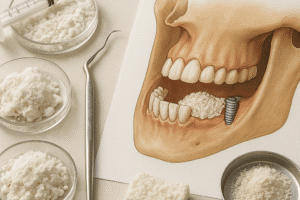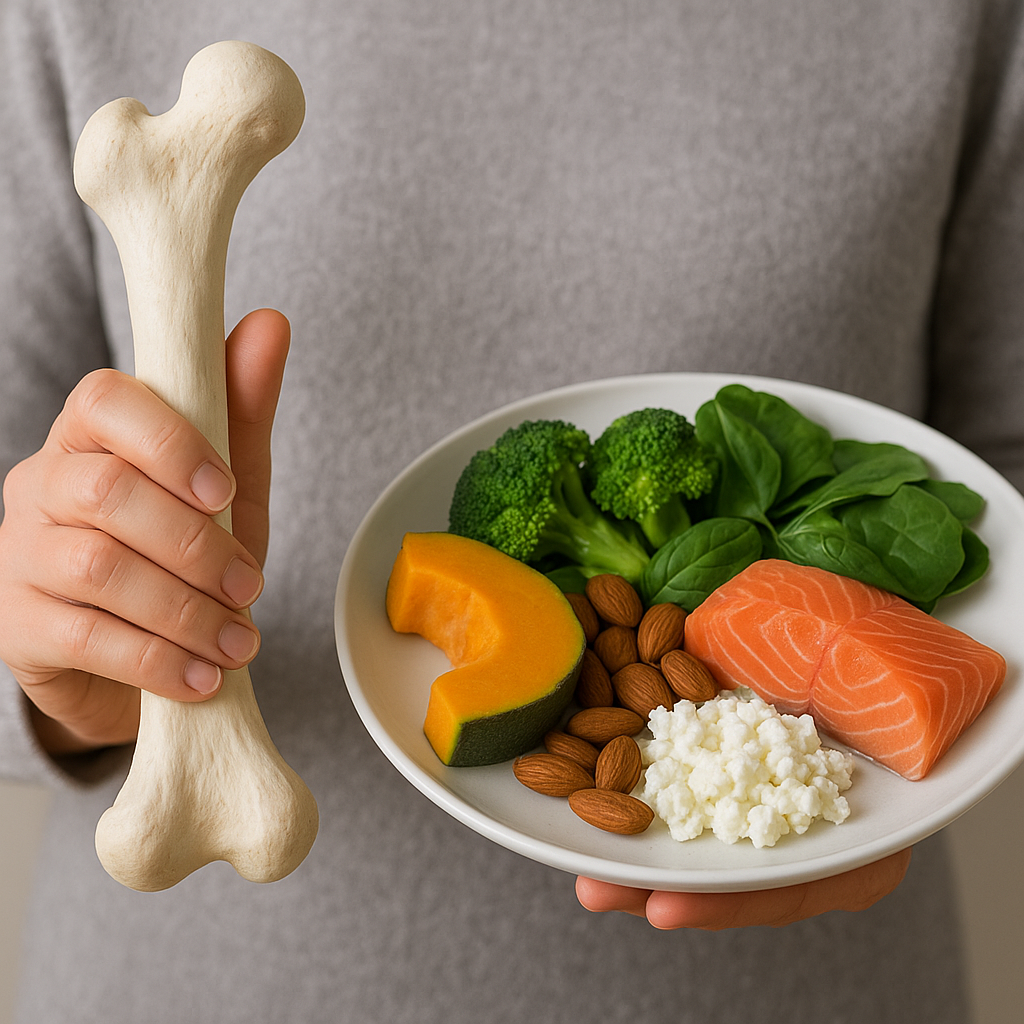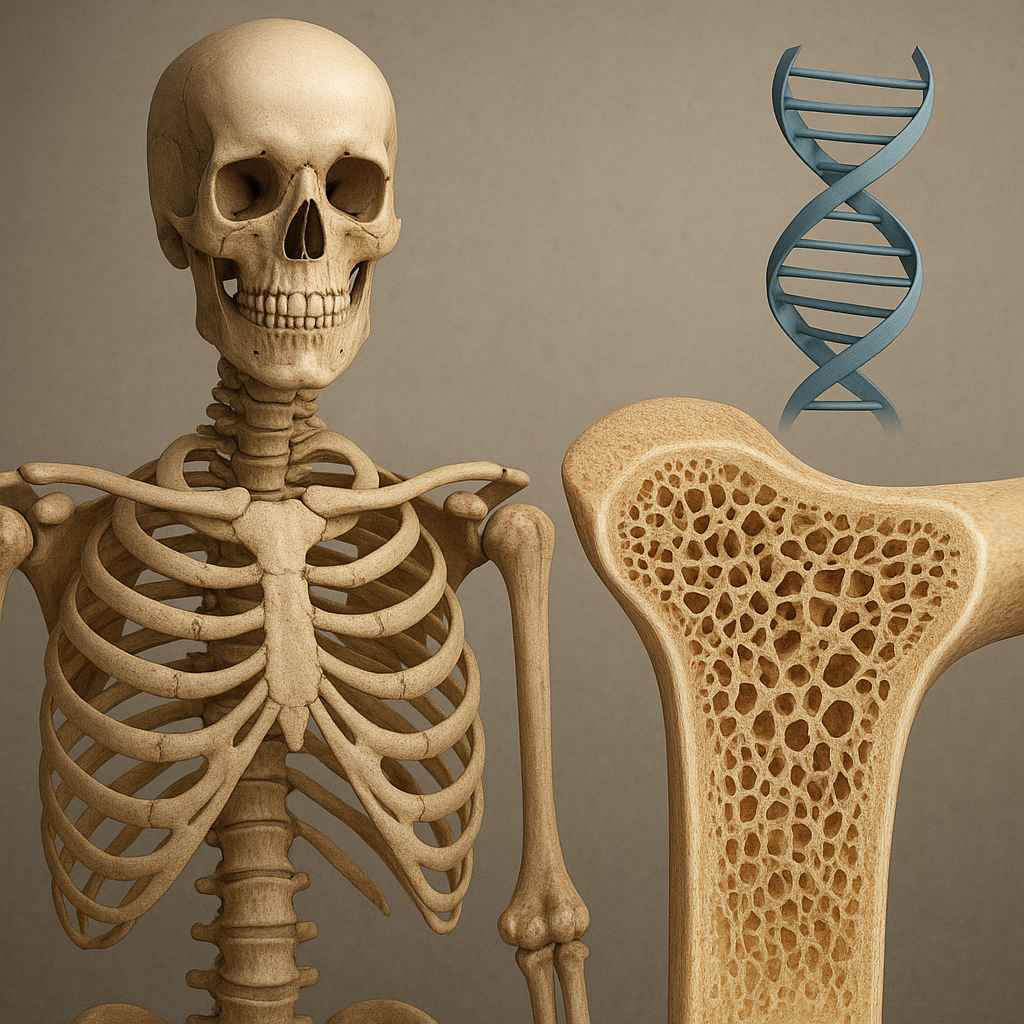The use of bone in archaeological studies provides invaluable insights into past human behaviors, diets, and environments. Bones serve as a direct link to the lives of ancient peoples, revealing information about their health, nutrition, and even social structures. This article explores the significance of bone analysis in archaeology, detailing the methods employed and the findings that have emerged from various studies.
Understanding the Role of Bone in Archaeology
Bones are not merely remnants of the past; they are crucial artifacts that help archaeologists reconstruct historical narratives. The study of bones, known as bioarchaeology, encompasses various aspects, including osteology, paleopathology, and isotopic analysis. Each of these fields contributes to a comprehensive understanding of how ancient populations lived, interacted, and adapted to their environments.
Osteology: The Study of Bones
Osteology is the scientific study of bones, focusing on their structure, function, and development. In archaeology, osteologists analyze skeletal remains to determine age, sex, ancestry, and health status of individuals. This information is essential for understanding demographic patterns within ancient populations.
- Age Estimation: By examining the development and wear of bones, osteologists can estimate the age at death of individuals. This is particularly important for understanding life expectancy and mortality rates in ancient societies.
- Sex Determination: Certain skeletal features, such as pelvic morphology, can indicate the sex of an individual. This information helps researchers understand gender roles and social structures in past cultures.
- Ancestry and Population Movement: Analysis of cranial features and dental morphology can provide insights into the ancestry of individuals, revealing patterns of migration and interaction between different groups.
Paleopathology: Diseases and Injuries in the Past
Paleopathology is the study of ancient diseases and injuries through the examination of skeletal remains. This field has uncovered evidence of various health issues that affected past populations, including infectious diseases, nutritional deficiencies, and trauma.
- Infectious Diseases: Skeletal lesions can indicate past infections, such as tuberculosis or syphilis. By studying these markers, researchers can gain insights into the prevalence and impact of diseases on ancient communities.
- Nutritional Deficiencies: Conditions like scurvy or rickets leave distinct marks on bones. Analyzing these signs helps archaeologists understand the dietary habits and nutritional health of past populations.
- Trauma Analysis: Evidence of healed fractures or other injuries can provide information about the lifestyle and risks faced by individuals, shedding light on social dynamics and conflict in ancient societies.
Isotopic Analysis: Uncovering Diet and Mobility
Isotopic analysis is a powerful tool in archaeology that allows researchers to infer dietary habits and mobility patterns of ancient populations. By examining the ratios of stable isotopes in bone collagen and apatite, scientists can reconstruct past diets and migration routes.
Dietary Reconstruction
The isotopic composition of bones reflects the types of food consumed by individuals. For example, carbon isotopes can differentiate between C3 and C4 plant-based diets, indicating whether a population relied more on grains or other vegetation. Nitrogen isotopes can provide insights into protein sources, revealing whether individuals consumed primarily terrestrial or marine resources.
- C3 vs. C4 Plants: C3 plants, such as wheat and barley, have different carbon isotope ratios compared to C4 plants like maize. Analyzing these ratios helps archaeologists understand agricultural practices and dietary preferences.
- Marine vs. Terrestrial Diets: The nitrogen isotope ratios can indicate the proportion of marine versus terrestrial protein in an individual’s diet, offering insights into coastal versus inland living.
Mobility and Migration Patterns
Isotopic analysis can also reveal information about the mobility of individuals and populations. By comparing isotopic signatures from different geographical regions, researchers can trace migration patterns and understand how ancient peoples interacted with their environments.
- Geographical Variability: Different regions have distinct isotopic signatures due to variations in geology and ecology. By analyzing these signatures, archaeologists can determine where individuals spent their formative years, shedding light on migration and settlement patterns.
- Social Networks: Isotopic evidence can also indicate interactions between different groups, suggesting trade, marriage, or other forms of social exchange that influenced population dynamics.
Case Studies: The Impact of Bone Analysis in Archaeology
Numerous archaeological studies have demonstrated the significance of bone analysis in understanding past societies. These case studies highlight the diverse applications of osteology, paleopathology, and isotopic analysis in reconstructing historical narratives.
The Neolithic Farmers of Europe
In a study of Neolithic skeletal remains from various sites across Europe, researchers employed osteological and isotopic analyses to investigate the transition from hunter-gatherer societies to agricultural communities. The findings revealed significant changes in diet and health associated with the adoption of farming practices.
- Dietary Shifts: Isotopic analysis indicated a marked increase in the consumption of domesticated grains, correlating with the introduction of agriculture. This shift had profound implications for health, as evidence of nutritional deficiencies became more prevalent.
- Health Declines: Paleopathological analysis showed an increase in dental caries and other health issues, suggesting that the shift to agriculture may have led to a decline in overall health among Neolithic populations.
The Roman Empire: Insights from Skeletal Remains
Another significant case study involves the analysis of skeletal remains from Roman burial sites. Researchers utilized osteological and isotopic methods to explore the health, diet, and mobility of individuals within the Roman Empire.
- Social Stratification: Analysis of skeletal remains revealed differences in health and nutrition between social classes, highlighting the disparities in access to resources within Roman society.
- Mobility and Trade: Isotopic evidence indicated that many individuals had origins outside of the local area, suggesting extensive trade networks and migration patterns that characterized the Roman Empire.
Conclusion: The Future of Bone Analysis in Archaeology
The use of bone in archaeological studies continues to evolve, with advancements in technology and methodology enhancing our understanding of past human societies. As researchers refine their techniques and expand their analyses, the potential for new discoveries remains vast. The integration of osteology, paleopathology, and isotopic analysis will undoubtedly lead to a deeper comprehension of the complexities of human history, offering a more nuanced view of how ancient peoples lived, interacted, and adapted to their environments.
In conclusion, the study of bones is not just about examining physical remains; it is about uncovering the stories of our ancestors. Each bone tells a tale, and through careful analysis, archaeologists can piece together the intricate puzzle of human history, revealing the rich tapestry of life that has shaped our world today.













